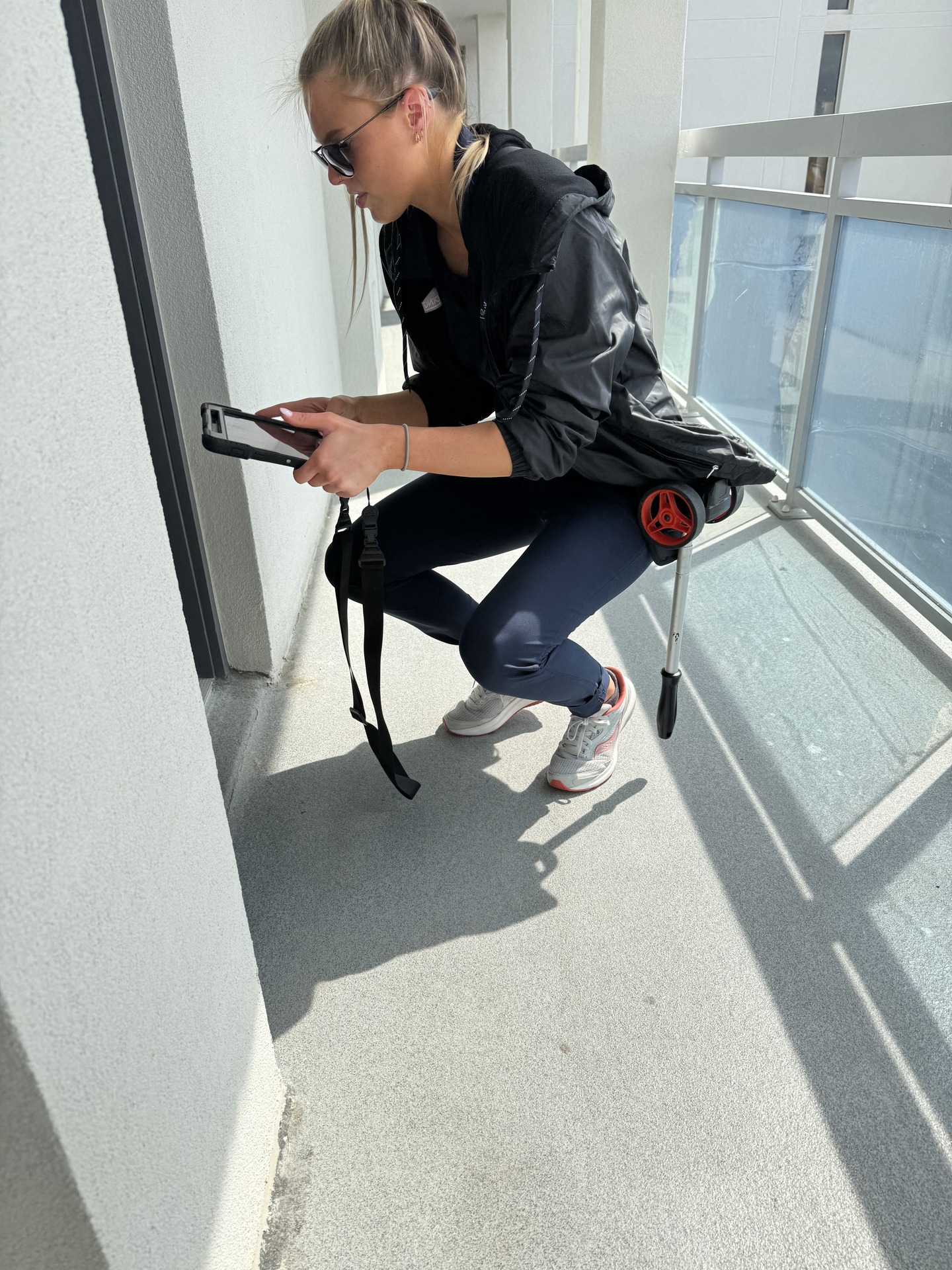Building Envelope Testing For Code Compliance And Safety Issue Prevention

The integrity of a building’s envelope is critical for its performance and durability. The following details the importance of building envelope testing to guarantee code compliance and prevent safety issues, highlighting the role of building envelope consultants and effective enclosure strategies.
Understanding Building Envelope Testing
The building envelope refers to the exterior elements that shield a structure from external elements like weather, moisture, and air infiltration. Building envelope testing involves assessing the performance and integrity of these areas to provide for compliance with building codes and standards.
Significance of Code Compliance
- Guaranteeing Structural Integrity: Building envelope testing plays a big part in proving that the structural elements of a building, like walls, roofs, windows, and doors, meet the safety and performance requirements outlined in building codes. This verification is needed for safeguarding occupants and property against structural failures.
- Preventing Air and Water Infiltration: Proper testing of the building envelope helps identify potential areas of air and water infiltration. Dealing with these issues early on through testing and remediation measures prevents costly damage from moisture intrusion and improves energy efficiency by reducing air leakage.
Role of Building Envelope Consultants
- Expert Assessment and Recommendations: Building envelope consultants specialize in assessing and analyzing the performance of building envelopes. They conduct a full line of tests, like air leakage tests, water penetration tests, and thermal imaging inspections, to find weaknesses and recommend remediation strategies.
- Guidance on Enclosure Design and Construction: They provide valuable insights during the design and construction phases of a building project. By offering guidance on materials selection, installation techniques, and quality control measures, consultants help make sure that the building envelope meets performance standards and regulatory requirements.
Preventing Safety Issues and Liability
Building envelope testing helps identify potential safety hazards, like inadequate fire resistance or structural instability before they affect building integrity or pose risks to occupants. Timely testing and remediation reduce liability risks for property owners and developers.
Increasing Long-Term Durability
Properly tested and maintained building envelopes are more likely to withstand environmental stresses and aging factors, providing for the long-term durability and performance of the building. Regular testing and maintenance help extend the lifespan of building components and reduce lifecycle costs.
Effective Enclosure Strategies
- Sealing and Insulation: Effective sealing and insulation techniques are imperative for the best performance of the building envelope. Building envelope testing determines the effectiveness of these strategies in minimizing heat loss, air leakage, and moisture intrusion, contributing to energy efficiency and occupant comfort.
- Using Sustainable Practices: Building envelope testing goes along with sustainable building practices by promoting energy-efficient design and construction. Testing helps identify opportunities for the use of renewable materials, green roofs, and passive design strategies that increase the overall sustainability of the building envelope.
Comparing Building Enclosures vs. Building Envelopes
Building enclosures and building envelopes are critical components of a structure’s exterior, but they have distinct parts to play and individual characteristics. The term “building enclosure” refers to all the elements that separate the interior and exterior environments, including walls, roofs, floors, and windows. It focuses on controlling heat, air, and moisture flow to maintain comfort and energy efficiency.
On the other hand, a “building envelope” is a specific subset of the building enclosure that includes the outer shell responsible for thermal resistance and air and moisture control. It usually includes the exterior walls, roof, and foundation.
While both terms relate to the protective barrier of a building, the building envelope specifically emphasizes thermal performance and weather resistance, whereas the building enclosure involves a broader range of components involved in environmental control and comfort.
We Have Building Envelope Solutions for Lasting Integrity
Stone Building Solutions understands the big part the building envelope plays in protecting your condominium’s structural integrity and preserving its value. Our team of experts specializes in providing all-inclusive building envelope consulting services, making sure that your property is equipped to withstand the elements and maintain a comfortable living environment.
Call 407-663-5312 or use our online form today to protect your investment with our expert building envelope solutions.
